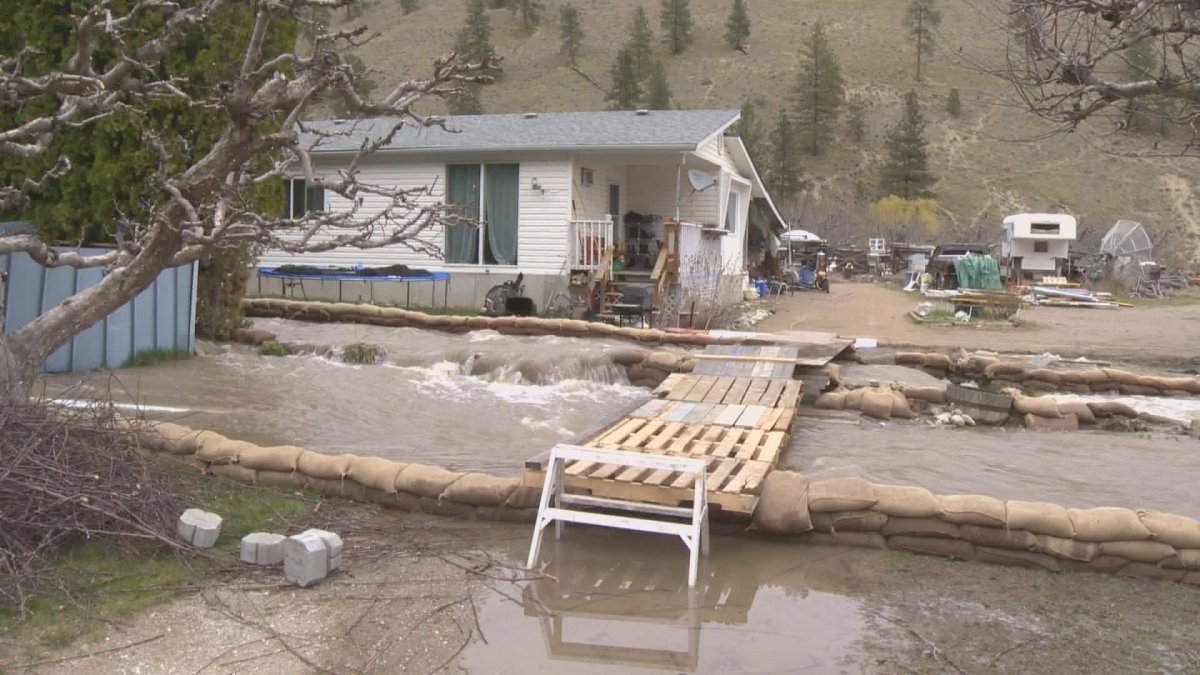Okanagan officials are reminding those who use private drinking water and septic systems that flooding can contaminate the water.

All surface water sources used for drinking water, including springs, streams, creeks, ponds, rivers and lakes, should be fully treated.
Drinking water affected by flood waters should be boiled prior to use.
Officials are reminding residents that if they believe flood waters may contain chemical hazards, an alternate source of drinking water should be used.
Is flood water impacting your septic system?
If you can flush your toilet, flood water has not impacted your septic tank and field. If you cannot flush your toilet, your tank and/or septic field is saturated with water, and you should not use your toilet or run any water into the septic system.
Do not pump septic tanks until surface and groundwater recede, or hydraulic pressure may push the septic tank out of the ground.
Do not use the septic system until water has receded to 90 cm (measured vertically) below ground surface where the septic field is located. This allows the distribution pipes in the septic field to drain properly.
To determine if your system is operating properly, check the water level in the septic tank. Water levels in the septic tank can be observed by opening the inspection port above the outlet. If operating properly, the water level will be at the bottom of the outlet pipe.
If the water level in the septic tank is above the outlet pipe, it indicates the septic field is not accepting effluent and the system should be assessed.
Use water sparingly when returning to your home, as the disposal field may still be saturated and will have limited capacity to absorb effluent.


Comments